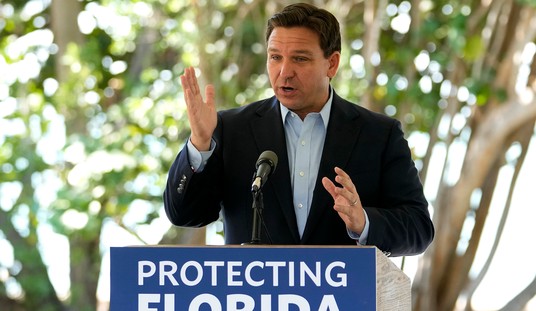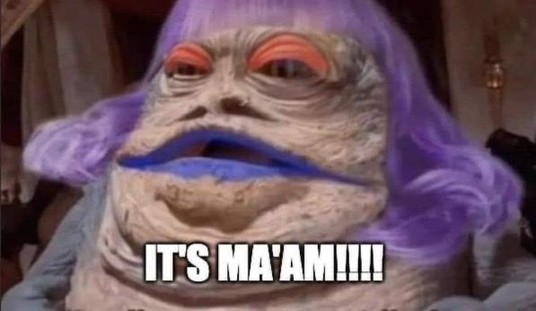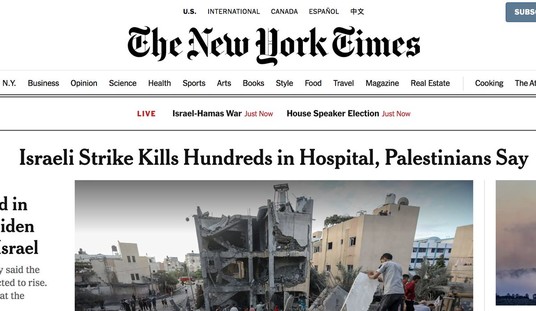The Washington Post reported last week a surge in recruitment efforts by Washington, D.C. principals and administrators trying to maintain market share in a city with a burgeoning landscape of charter school and private school scholarship programs for the low-income population the district has historically served so poorly. Given choice, many students go elsewhere, and public schools must make change to earn the students that were previously required by law to too often languish within their walls:
The District’s traditional public school system is sending principals out to knock on doors in a campaign to sell itself to city families, an aggressive move to boost enrollment and maintain market share after years of ceding ground to charter schools.
The move is a sign of the tremendous pressure on the District’s traditional public schools. Charter schools, which appeared less than two decades ago, now enroll nearly half the city’s public school students, and they continue to gain popularity. It is a trend that many believe threatens the long-term survival of the traditional school system.
To train principals in old-fashioned door-to-door canvassing, school officials have hired political campaign experts who helped Barack Obama win the presidency. These experts are also adapting data-analytic methods used to target voters in 2008 and 2012 to help identify those students most likely to bolt the school system and, therefore, most in need of personal attention.
“I’ve got to keep my school open and growing,” said Principal Kennard Branch of Southeast Washington’s Garfield Elementary, one of about 30 principals who left recent student-recruitment training sessions with plans to knock on hundreds of doors during the first weeks of summer.
You can change the marketing all you want. But Obama-style campaign efforts can only help so much if the underlying product doesn’t improve. You may well wonder why this same dynamic didn’t prevent Obama from being elected, but in 2008 he was an untested product that looked really good to many people, more of an idea than anything else. And, in 2012, he was able to sell the same now-weathered brand to just enough people because they didn’t view the alternative as viable. In the case of D.C. public schools, the schools have largely been tested and failed their consumers. And charter schools and the D.C. Opportunity Scholarship offer real alternatives to those failures that many people have tried and enjoyed. The school educating your children can’t just be an idea you check the box for every four years, as voting for president is for many. It’s something you experience every day, and it’s why the idea of school choice scrambles partisan allegiances in unconventional ways. Thus:
Gone are the days when public schools could sit back and wait for students to show up on the first day of class. In this era of school choice, families have become consumers, and educators have become marketers as responsible for selling their academic offerings as they are for teaching and learning…
“We know that we have to fight for our students and win over hearts and minds because there are so many great choices out there,” said Christopher Rinkus, who oversees the school system’s enrollment efforts. “There’s a mind-set we’re working to change, that enrollment happens when it happens. . . . We’re in a climate where you can’t afford that mind-set.”
Good, that’s a healthier attitude than school administrators have often had toward students and their parents. Lindsey Burke of The Daily Signal and The Heritage Foundation runs through the research on what this competition actually means.
It’s good schools increasingly must compete for students. Competition encourages schools to create safe learning environments that are desirable to parents and perform academically.
University of Arkansas researchers Marc J. Holley, Anna J. Egalite, and Martin F. Lueken tested this theory by investigating whether school district officials responded to competitive pressure from school choice, and whether they thought they needed to compete for students as a result. The authors found “evidence of significant changes in district policy and practice.” Notably, Lueken et. al found that “across all four regions [Northeast, Midwest, South, and West], districts have increased marketing efforts to recruit and compete for students.”
Not only does the research suggest school leaders themselves respond to competitive pressure, but that response appears to manifest itself in positive gains for students who remain in traditional public schools.
In Florida, researchers Cassandra Hart and David Figlio examined whether the test scores of students in public schools that risked losing students to private schools through the tax credit program improved relative to students in public schools that were less affected by the scholarship program. “We find that they do,” said Hart and Figlio, “and that this improvement occurs before any students have actually used a scholarship to switch schools. In other words, it occurs from the threat of competition alone.” Similar findings revealed that students in the Milwaukee public school system were “performing at somewhat higher levels as a result of competitive pressure from the school voucher program.”
Meanwhile in Denver, competition will soon be knocking at the door of public schools, thanks to a pilot program that lets the money meant for a student follow that student to whichever school he or she chooses:
Because there are no boundaries to where and how at-risk students receive their education, the money that supports them should be based on the district of enrollment. Essentially, we are making sure that the federal funds follow the student.
While some observers have expressed concern about redirecting funds in this way, many more parents and community leaders support the change.
In setting forth the pilot program, the Colorado Department of Education established a rigorous and comprehensive set of criteria that removes the current bias in the guidelines that keeps federal funding from following students outside of their district of residence.
Schools in the pilot program must:
• Be among the multidistrict online schools in the state;
• Have a school district as its local authorizer;
• Have at least 10 students from low-income families outside its own district and more students from low-income families than the local district;
• Be eligible for federal Title I funds for low-income students and participate in the free and reduced lunch program.
These stringent requirements are aimed at guaranteeing that schools that receive any additional federal Title I dollars are truly serving enough needy students to merit the change in policy — even in the wealthier districts.
Ultimately, HOPE Online Learning Academy’s elementary school was the only multidistrict online school that met all of the requirements. With 65 percent of HOPE Online’s elementary students eligible, it is the perfect pilot as it serves the exact population, both in terms of population and reach, that Title I funds are designed to support.
Again, good. My mother is an awesome, career public-school teacher. I went to public schools and had an educational experience, even when the technical education wasn’t great, with my parents filling in gaps where needed. But a top-down, one-size-fits-all approach to education, which is too often what traditional schools and unions are saddled with, doesn’t offer students and parents the flexibility and innovation modern technology and new ideas can give them. And, it’s ultimately the most challenging populations of kids who will benefit most from more of just that.








Join the conversation as a VIP Member